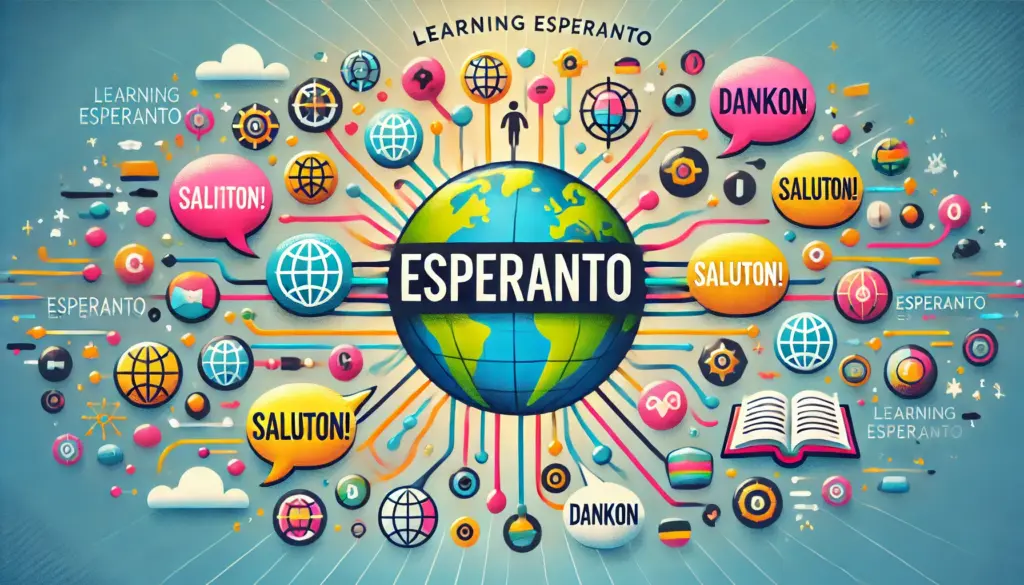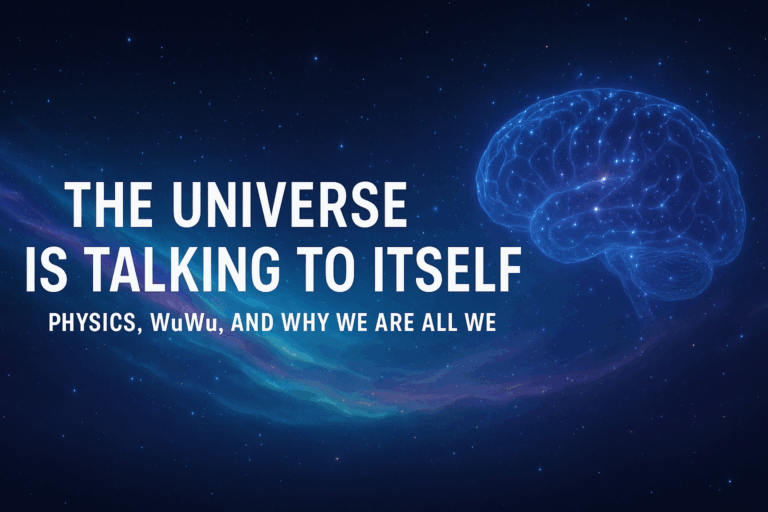
English
Chinese
Have you heard of Esperanto? It’s a constructed language created in the late 19th century by Dr. L.L. Zamenhof, designed to be an easy-to-learn, politically neutral tongue that fosters international friendship. With the internet pushing people from the United States, China, and everywhere else closer together than ever before, there’s rarely been a better time to pick up a language that belongs to everyone—and no one.
Why Esperanto Now?
- Neutral Ground
Unlike national languages tied to specific cultures or histories, Esperanto doesn’t come with heavy political baggage. That can be a relief when you’re looking to connect with people across cultural lines. - Simplicity
Esperanto has a straightforward grammar system, phonetic spelling, and limited exceptions (actually zero irregular verbs!). If you’ve struggled with English’s many exceptions or Chinese characters, you may find Esperanto’s consistency refreshing. - Fast Track to Fluency
Linguists have noted that someone might learn Esperanto in a fraction of the time it takes to master other languages. Word roots are often familiar to speakers of multiple languages, and you can start forming meaningful sentences within days. - Friendlier Online Communities
A shared desire for cross-cultural communication means Esperanto speakers often form close-knit, welcoming communities. Thanks to the internet, you can meet fellow enthusiasts from Tokyo to Toronto to Tuscany without leaving home.
A Quick Mini-Lesson
Let’s dive into a taste of Esperanto. Below are some basics:
- Saluton! = Hello!
- Dankon. = Thank you.
- Jes / Ne = Yes / No
- Mi nomiĝas … = My name is …
- Kiel vi fartas? = How are you?
- Mi fartas bone. = I’m doing well.
Grammar Tip: Every noun in Esperanto ends in -o; adjectives end in -a. Plurals get -j.
For example:
- A friend: amiko
- Many friends: amikoj
- A good friend: bona amiko
- Many good friends: bonaj amikoj
It’s that straightforward throughout—no irregular verbs, no changing endings based on who’s speaking. Talk about user-friendly!
Ready to Take the Next Step?
If you’re intrigued and want to learn more—maybe jump into a course, meet fellow learners, or just practice chatting—leave a reply on this article. There’s a global community of Esperanto speakers ready to welcome you with a hearty “Saluton!” and help you every step of the way. Let’s seize this moment of unprecedented global interaction to embrace a common language that celebrates our shared humanity.
So … kion vi pensas? (What do you think?) If you want more details or lessons, just leave a comment below and let’s start learning together!
世界语?它是 19 世纪末由 L.L. 柴门霍夫博士创造的一种人工语言,旨在成为一种易于学习、政治中立的语言,促进国际友谊。随着互联网将美国、中国和世界各地的人们比以往任何时候都更紧密地联系在一起,现在正是学习一种属于所有人(而不是任何人)的语言的最佳时机。
为什么现在要学习世界语?
中立立场与与特定文化或历史相关的国家语言不同,世界语没有沉重的政治包袱。当您希望与跨文化的人建立联系时,这可以是一种解脱。
简单世界语具有简单的语法系统、语音拼写和有限的例外(实际上没有不规则动词!)。如果您一直在努力适应英语的许多例外或中文字符,您可能会发现世界语的一致性令人耳目一新。
快速流利掌握世界语 语言学家指出,人们可能只用掌握其他语言所需时间的一小部分就能学会世界语。词根通常为多种语言使用者所熟悉,你可以在几天内开始形成有意义的句子。
更友好的在线社区 对跨文化交流的共同渴望意味着世界语使用者经常形成紧密联系、热情好客的社区。多亏了互联网,你足不出户就能结识从东京到多伦多再到托斯卡纳的同好。
快速迷你课程
让我们深入了解世界语。以下是一些基础知识:
Saluton! = 你好!
Dankon. = 谢谢。
Jes / Ne = 是 / 否
Mi nomiĝas … = 我的名字是…
Kiel vi fartas? = 你好吗?
Mi fartas bone. = 我很好。
语法提示:世界语中的每个名词都以 -o 结尾;形容词以 -a 结尾。复数以 -j 结尾。例如:
一位朋友:amiko
许多朋友:amikoj
一位好朋友:bona amiko
许多好朋友:bonaj amikoj
从始至终都是如此简单——没有不规则动词,没有根据说话人而改变的结尾。真是用户友好!
准备好迈出下一步了吗?
如果您感兴趣并想了解更多信息——也许参加课程、结识其他学习者或只是练习聊天——请在此文章下留言。有一个全球世界语使用者社区随时准备用热情的“Saluton!”欢迎您,并帮助您完成每一步。让我们抓住这一前所未有的全球互动时刻,拥抱一种庆祝我们共同人性的通用语言。
那么……kion vi pensas?(您觉得怎么样?)如果您想要更多详细信息或课程,只需在下面留言,让我们一起开始学习!


